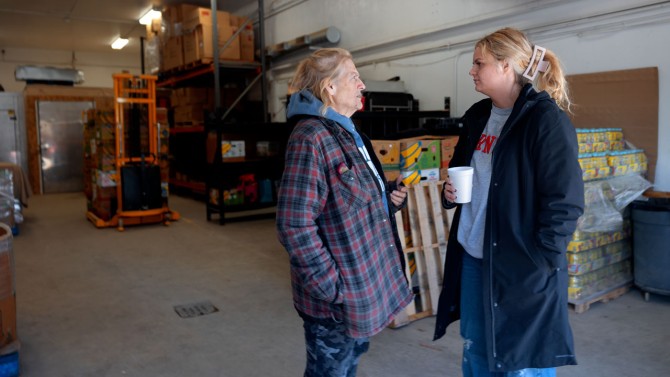The Palaszczuk Government will provide $36 million in theState Budget to fully fund construction of the Wangetti Trail in Tropical North Queensland.
The announcement comes after to compete the first phase of the trail.
Member for Cook Cynthia Lui said the project would create up to 150 jobs and pump up to $300 million into the Tropical North Queensland economy in years to come.
“We’re investing in new tourism attractions to create jobs for locals in Far North Queensland,” she said.
“This is the most important tourism project in the history of Far North Queensland – that’s why I’ve lobbied for funding to get the Wangetti Trail up and running.
“Far North Queensland is one of the most beautiful places in the world. World-class tourism infrastructure on the Wangetti Trail will help us tap into global demand for ecotourism experiences.”
Tourism Industry Development Minister Kate Jones said the trail would benefit the wider tourism industry in Far North Queensland.
“For years, politicians on both sides have been talking about ecotourism – we’re actually doing it,” she said.
“We know eco and adventure tourists spend more and stay longer when they come to Queensland. That’s why we’re committed to delivering new ecotourism experiences in the tropical north.
“The now 94-km Wangetti Trail is a game-changer. It will be a magnet for keen hikers and mountain bike riders from throughout the world.
“The Trail will give tourists a bushland and ocean experience, showcasing the beauty of the Wet Tropics and the Great Barrier Reef World Heritage areas.
“There will be great opportunities for Traditional Owners and education providers to access the Trail and engage with tourists.”
Construction on the new Mowbray River crossing and the trail north to Port Douglas could be completed by mid-2020.
The Trail alignment plans for five campsites for a six-day hike.
Eight weeks of community feedback on the trail’s alignment closed at the end of May and information gained from that will assist the State and potential operators refine their plans.
In time, designated sites along the Trail could offer camping facilities, along with a variety of eco-accommodation varying from glamping, lodges or simple built-form.

/who-office-at-the-united-nations-(wun)/un-sc-dg.tmb-768v.jpg?sfvrsn=6720f3fc_1)






